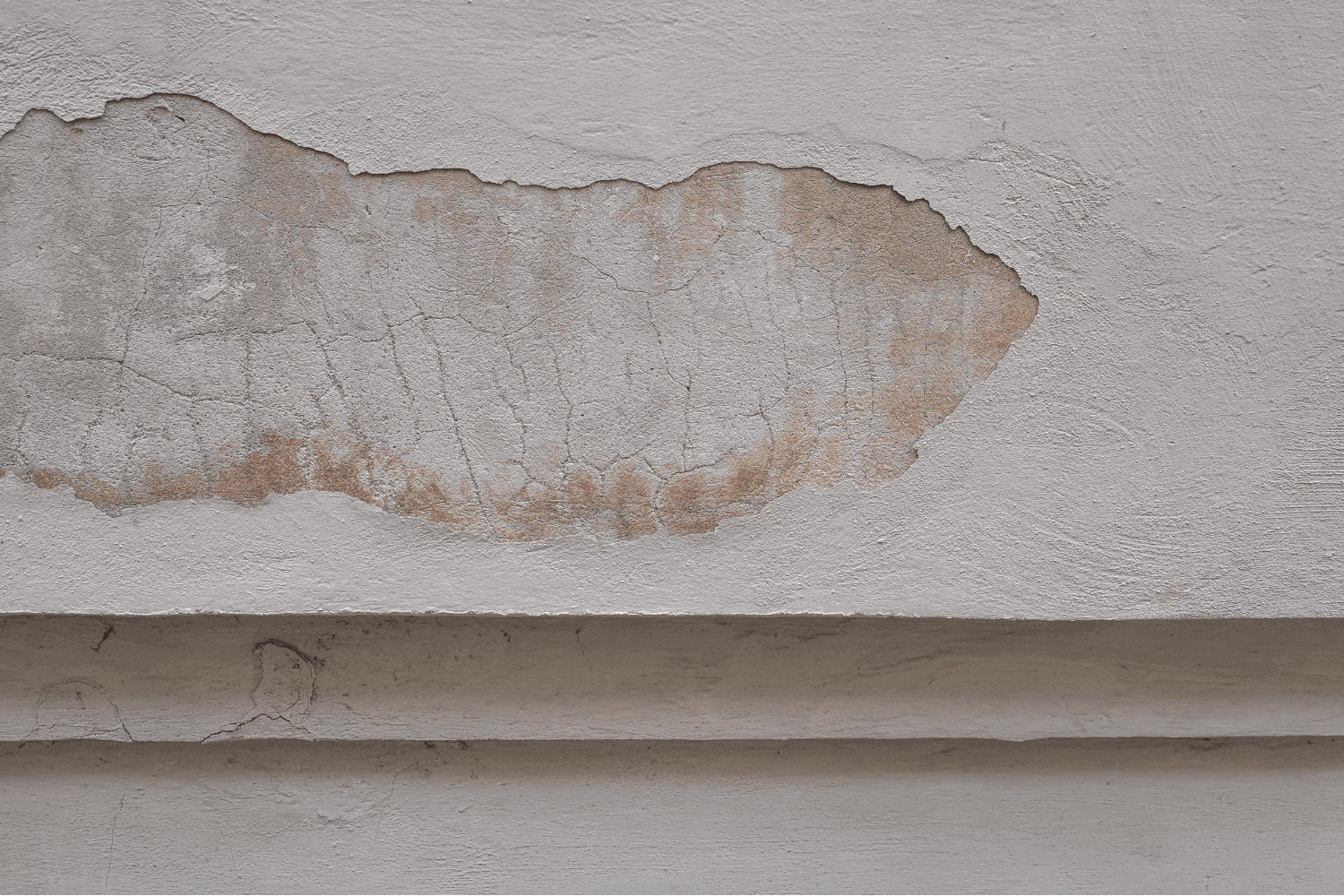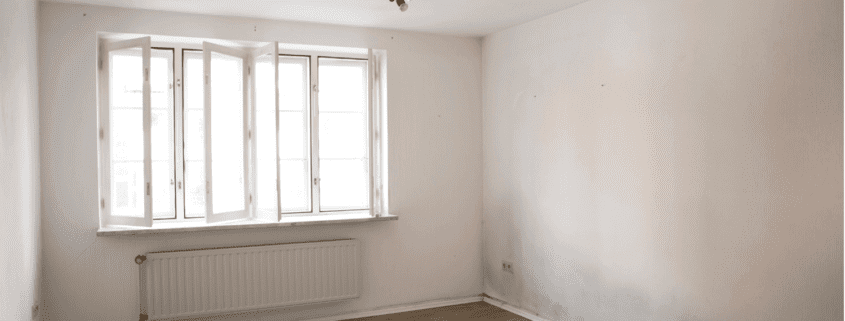How to Fix Water Seeping Through Basement Wall Quickly
How to Fix Water Seeping Through Basement Wall Quickly
Water seeping through basement walls is a serious issue that needs quick action. In this article, you’ll learn how water seeping through basement walls can occur, how to spot the early signs, and the steps you can take to fix it immediately and prevent future issues.
Key Takeaways
- Water seepage in basements is often caused by hydrostatic pressure, drainage issues, and foundation cracks, which necessitate preventive measures.
- Identifying early signs of water seepage, such as mold, water stains, and damp odors, is crucial for timely action to prevent serious damage.
- Effective long-term solutions include exterior and interior waterproofing, proper landscaping, and professional intervention for persistent issues.
Causes of Water Seeping Through Basement Walls

Knowing why water is seeping through your basement walls is crucial to finding a solution. Hydrostatic pressure is a primary culprit. It builds up in the soil around your foundation, pushing water inside where the basement walls meet the floor. Improper drainage can worsen this issue.
Another common issue arises from the seals at the top of the foundation wall and even from leaking ceilings. These areas can become weak points where water leaks into the basement. Additionally, cracks in the foundation, whether vertical or horizontal, provide a direct path for water to enter. These cracks may seem minor but can lead to significant problems over time.
Improper drainage systems and issues with basement windows or window wells also contribute to water leakage in a leaky basement. Water from rain or surface runoff that isn’t directed away from your foundation pools around your home, seeping through entry points. Proper maintenance of exterior walls and drainage systems can prevent water damage.
Signs of Water Seepage in Your Basement

Spotting the signs of water seepage early can save significant trouble and expense. A persistent damp or musty odor often indicates hidden moisture in the basement and can be a precursor to mold growth, which damages Home and poses health risks.
Visible mold is another clear indicator of water leakage. Mold can appear as black, green, or white spots on walls, floors, or ceilings. Water stains on surfaces, peeling paint or wallpaper, and efflorescence—a white, chalky residue—indicate that water is penetrating your basement walls or floors. These visual clues suggest prolonged water presence and potential ongoing leakage.
Pooling water on the basement floor or darkened, damp walls and floors are also major red flags. These signs indicate water is entering your wet basement, potentially leading to severe issues like flooding. Identifying these signs early allows for timely preventive action.
Immediate Steps to Take When You Notice Water Seepage
When you first notice water seepage in your basement, quick action is crucial. Minimize soil saturation around the foundation to help prevent moisture issues. Ensure the soil slopes away from the foundation to redirect water away from your home.
Regularly maintaining gutters and downspouts by keeping them clear of debris prevents overflow and water seepage. Ensuring these systems are in good working order helps prevent water from pooling around your foundation.
Installing window well covers can reduce water infiltration by directing rainwater away from basement windows and preventing debris from entering basement’s window wells. These covers offer a simple yet effective solution to stop water from entering through the window wells.
Long-term Solutions for Preventing Water Seepage

Immediate actions are essential, but long-term solutions provide lasting protection for your basement. Comprehensive waterproofing measures, including both exterior and interior methods, as well as landscaping and drainage improvements, are effective against persistent water seepage.
Addressing the root causes of water leaking and implementing long-term solutions can prevent water damage and protect your home for years. Here are some detailed methods.
Exterior Waterproofing Methods
Exterior waterproofing is essential to prevent water from entering your basement. Installing an exterior French drain addresses yard drainage issues by directing water away from the foundation, managing surface runoff, and reducing hydrostatic pressure.
Applying masonry waterproofing paint to exterior walls creates a moisture barrier, preventing water leakage through the exterior wall. This simple yet powerful technique enhances your home’s exterior waterproofing.
Exterior waterproofing methods are crucial for keeping your basement dry. Addressing entry points and redirecting water away from the foundation significantly reduces the risk of water seepage.
Interior Waterproofing Techniques
Interior waterproofing techniques complement exterior methods by providing extra protection. A sump pump, which removes accumulated water and prevents flooding, is highly effective. Activated by a float switch when the water level rises, it ensures efficient water removal.
Installing a drain tile system is another crucial technique. Perforated pipes placed underground around the basement perimeter collect and channel water away from the home, managing groundwater and preventing accumulation to keep your basement dry.
Sealing foundation cracks with polyurethane caulk or hydraulic cement is vital. Even small cracks can lead to significant water infiltration, so addressing these vulnerabilities is key to preventing water seepage.
Landscaping and Drainage Improvements
Proper landscaping and drainage improvements are vital for preventing water seepage. Installing gutter extensions to deposit water at least 5 feet away from the foundation can greatly reduce the risk of pooling around your home.
Regularly cleaning your gutters, at least twice a year, prevents clogs that can lead to overflow and water damage. Additionally, grading your landscape to slope away from the foundation helps reduce water accumulation near the walls.
Choosing appropriate plant placement is important to mitigate the risk of roots affecting the foundation walls. Strategically planting vegetation enhances your home’s drainage and prevents further foundation damage. To fully understand these benefits, it’s essential to view this site properly.
Professional Help for Persistent Water Seepage

When water seepage becomes persistent, seeking professional help is often the best course of action. Prompt water damage restoration prevents mold growth and structural damage. Professionals offer thorough basement sealing, waterproofing, foundation repair, and concrete leveling services.
Consulting professional waterproofing experts ensures severe water seepage issues are effectively addressed. These experts have the knowledge and tools to identify root causes and implement comprehensive solutions to prevent future problems.
A&M Home Services is a reliable option for homeowners dealing with water seepage. They offer a range of services, including waterproofing, and are dedicated to getting the job done right the first time.
Cost Considerations for Fixing Water Seepage
Addressing water seepage in your basement can vary in cost depending on the severity and solutions needed. Waterproofing a basement averages between $3 and $10 per square foot, translating to $3,000 to $10,000 for a 1,000 square foot basement.
Damp proofing is a less expensive option, costing around $3 to $6 per square foot but is generally less effective than comprehensive waterproofing methods. Basic acrylic waterproofing paint costs between $1 and $8 per square foot, making it affordable for some homeowners.
Additional costs include foundation repairs, ranging from $2,000 to $8,000, and mold remediation services, costing between $500 and $3,500 depending on severity. Hiring a professional for basement waterproofing typically costs about $200 per hour.
Summary
In summary, water seeping through basement walls is a common but manageable issue. By understanding the causes, recognizing the signs, and taking both immediate and long-term actions, you can protect your home from water damage. Exterior and interior waterproofing techniques, along with proper landscaping and drainage improvements, provide comprehensive solutions.
If water seepage persists, seeking professional help is crucial. Addressing these issues promptly can prevent mold growth and structural damage. With the right approach, you can ensure that your basement remains dry and safe for years to come.
Frequently Asked Questions
What are the common causes of water seeping through basement walls?
Water seeping through basement walls is commonly caused by hydrostatic pressure, improper drainage, cracks in the foundation, and problems with basement windows and window wells. Addressing these issues promptly can help prevent further damage.
How can I spot signs of water seepage in my basement?
To effectively spot water seepage in your basement, check for musty odors, mold growth, water stains, peeling paint, efflorescence, pooling water, and any damp or darkened walls and floors. Identifying these signs early can help prevent further damage.
What immediate steps should I take when I notice water seepage?
Act quickly to minimize soil saturation around your foundation, ensure gutters and downspouts are functioning properly, and consider installing window well covers to prevent further water infiltration. This proactive approach will help protect your Home from significant water damage.
What long-term solutions are available for preventing water seepage?
Implementing exterior and interior waterproofing methods, including French drains and sump pumps, along with sealing foundation cracks and enhancing landscaping and drainage, serves as effective long-term solutions to prevent water seepage. These strategies can significantly improve water management and protect your Home over time.
When should I seek professional help for water seepage issues?
You should seek professional help for water seepage issues if it persists despite your attempts to fix it, as experts can address severe problems more effectively.
 574-318-3326
574-318-3326






